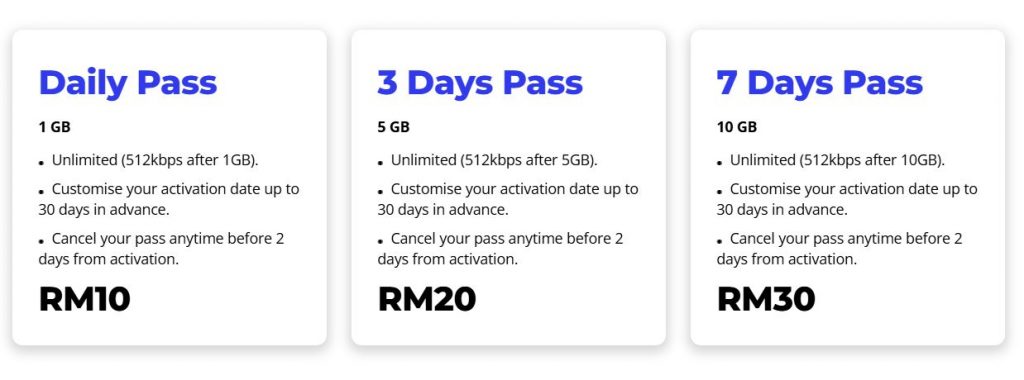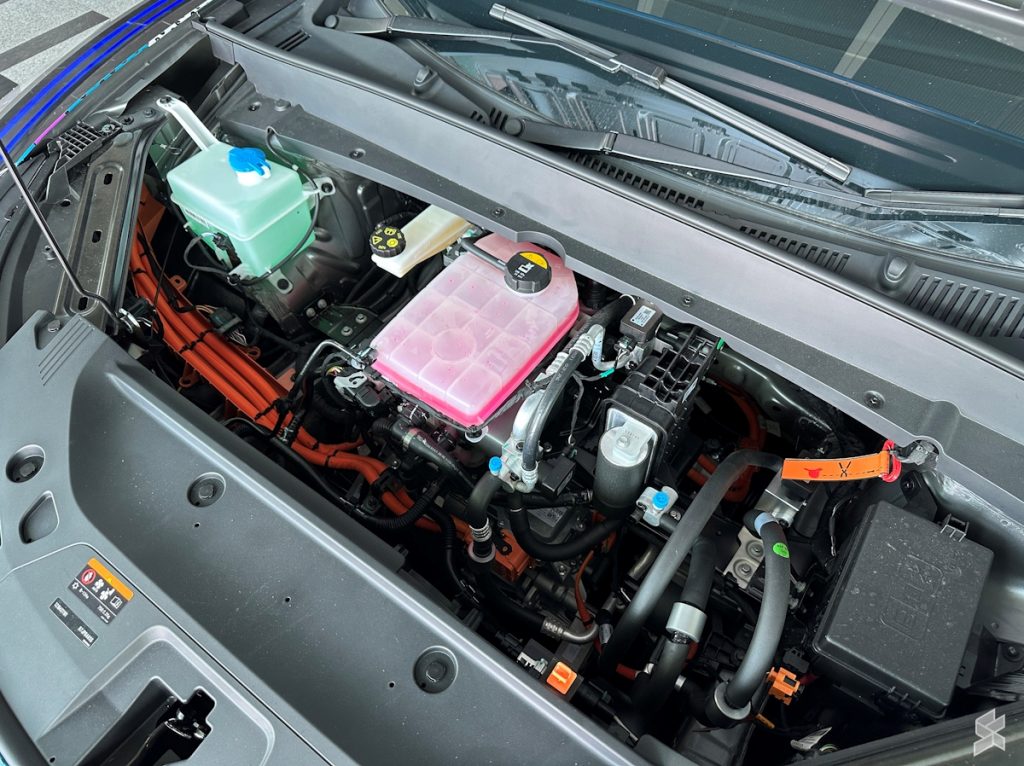Both Apple and Samsung have a ‘Plus’ smartphone that they released in 2024. In both cases, those handsets are not flagship smartphones, but they’re very powerful, and considered to be part of a flagship smartphone series. In this article, we’ll compare those two smartphones, the Apple iPhone 16 Plus vs Samsung Galaxy S24+. Both of these phones are quite large, but they’re also quite different… despite the fact there are similarities in terms of the design.
These two smartphones even have the same price tag, at least in the US. Well, the iPhone 16 Plus’ base model is $100 more affordable, but it comes with less storage. Their 256GB storage options are priced the same. So we can say they’re on the same level in terms of pricing. That’s another reason why comparing them makes sense. We’ll kick things off by listing their specs and taking it from there.
Specs
Apple iPhone 16 Plus vs Samsung Galaxy S24+, respectively
– Screen size:
6.7-inch Super Retina XDR OLED ( flat, 60Hz, HDR, 2,000 nits)
6.7-inch Dynamic AMOLED 2X (flat, 120Hz, 2,600 nits max brightness)
– Display resolution:
2796 x 1290
3120 x 1440
– SoC:
Apple A18 (3nm)
Qualcomm Snapdragon 8 Gen 3 for Galaxy / Samsung Exynos 2400
– RAM:
8GB
12GB (LPDDR5X)
– Storage:
128GB/256GB/512GB (NVMe)
256GB/512GB (UFS 4.0)
– Rear cameras:
48MP (wide, f/1.6 aperture, 1/1.56-inch sensor, 1.0um pixel size, sensor-shift OIS), 12MP (ultrawide, f/2.2 aperture, 120-degree FoV, 0.7um pixel size, PDAF)
50MP (wide, f/1.8 aperture, OIS, Dual Pixel PDAF), 12MP (ultrawide, 120-degree FoV, f/2.2 aperture, 1.4um pixel size), 10MP (telephoto, f/2.4 aperture, OIS, PDAF, 3x optical zoom)
– Front cameras:
12MP (f/1.9 aperture, PDAF, 1/3.6-inch sensor size,)
12MP (wide, f/2.2 aperture, Dual Pixel PDAF, 22mm lens)
– Battery:
4,674mAh
4,900mAh
– Charging:
30W wired, 25W MagSafe wireless, 15W Qi2 wireless, 7.5W Qi wireless, 4.5W reverse wired (charger not included)
45W wired, 15W wireless, 4.5W reverse wireless (charger not included)
– Dimensions:
160.9 x 77.8 x 7.8 mm
158.5 x 75.9 x 7.7mm
– Weight:
199 grams
196/197 grams
– Connectivity:
5G, LTE, NFC, Wi-Fi, USB Type-C, Bluetooth 5.3
– Security:
Face ID (3D facial scanning)
In-display fingerprint scanner & facial scanning
– OS:
iOS 18
Android 14 with One UI 6.1
– Price:
$899+
$999+
– Buy:
Apple iPhone 16 Plus
Galaxy S24 series (Samsung)
Apple iPhone 16 Plus vs Samsung Galaxy S24+: Design
These two smartphones do look visibly different. However, there are similarities between them, both in terms of look and feel. Both of these smartphones have flat sides all around, with slightly curved edges for comfort’s sake. They also have similar corner curvature, even though the iPhone 16 Plus is curved a bit more in that area. Their flat and back sides are flat too. That’s basically where the similarities end, however.
The iPhone 16 Plus has a flat display with a pill-shaped cutout at the top. That cutout is called ‘Dynamic Island’ by Apple. The Galaxy S24+, on the other hand, has a small pill-shaped camera cutout on its display, which is also flat. The bezels are thin and uniform on both smartphones, but they’re thinner on Samsung’s phone. The iPhone 16 Plus has a power/lock button on the right, along with a Camera Control button. On the left, its volume rocker buttons sit, along with the Action Button. All the physical keys on the Galaxy S24+ are located on the right, with the power/lock button and volume up and down keys.
If we flip them around, you’ll notice vertically-aligned cameras in the top-left corner. Both of the iPhone 16 Plus cameras are a part of the same camera island. The Galaxy S24+ includes three cameras, and they protrude from the backplate individually. These two handsets are made out of aluminum and glass. The iPhone 16 Plus is slightly taller, wider, and thicker, despite the fact their display sizes and display aspect ratios are the same. The Galaxy S24+ is also a couple of grams lighter in comparison. Both phones are slippery, and offer an IP68 certified for water and dust resistance.
Apple iPhone 16 Plus vs Samsung Galaxy S24+: Display
There is a 6.7-inch 2796 x 1290 Super Retina XDR OLED display included on the iPhone 16 Plus. That panel is flat, and it supports HDR10 content and Dolby Vision. The maximum display brightness here is 2,000 nits, while the display aspect ratio is 19.5:9. This display does not support a high refresh rate, it’s stuck at 60Hz. The screen-to-body ratio is at around 88%. The Ceramic Shield glass protects this panel.
The Galaxy S24+, on the flip side, features a 6.7-inch 3120 x 1440 Dynamic LTPO AMOLED 2X panel. That panel is flat and supports HDR10+ content. It also offers a 120Hz refresh rate, well, up to 120Hz, as the refresh rate is adaptive. The peak brightness here is 2,600 nits. The screen-to-body ratio is at around 91%, while the display aspect ratio is 19.5:9. The Gorilla Glass Victus is placed on top of this panel for protection purposes.
Both of these panels are really good, but the one on the Galaxy S24+ does offer some perks. It is not only sharper and technically brighter (which is not something you’ll actually notice), but it also comes with a higher refresh rate, which you’ll notice if you’re used to 120Hz displays. Both displays are more than sharp enough, though, and they’re both vivid and offer great viewing angles. They also offer deep blacks and good touch response. Neither display offers a high-frequency PWM dimming, though.
Apple iPhone 16 Plus vs Samsung Galaxy S24+: Performance
The Apple iPhone 16 Plus is fueled by the Apple A18 processor. That is Apple’s new 3nm chip. It is coupled with 8GB of RAM and NVMe flash storage. The Samsung Galaxy S24+ is fueled by the Snapdragon 8 Gen 3 for Galaxy in some markets, and the Exynos 2400 in others. This smartphone comes with 12GB of LPDDR5X RAM and UFS 4.0 flash storage. Neither phone supports storage expansion.
Do note that we’ve used only the Snapdragon 8 Gen 3 for Galaxy model of the Galaxy S24+. The Exynos 2400 variant, which comes in Europe, we did not have a chance to use. With that being said, both of these smartphones do the performance side of things really well. They’re very snappy in day-to-day performance. Launching apps, jumping between them, and actually using them is not a problem whatsoever for either device.
In terms of gaming, they’re also both really good. The chips they have on the inside are immensely powerful, and you can basically run any game from their respective app stores without a problem. That goes for even the most demanding games on there. Both of them do get warm when you play graphically-demanding games, but we did not notice that affected their performance. Neither phone got too hot to hold either.
Apple iPhone 16 Plus vs Samsung Galaxy S24+: Battery
Apple’s handset includes a 4,674mAh battery on the inside. The Galaxy S24+, on the other hand, has a 4,900mAh battery. Apple’s iPhones usually have smaller battery packs than their Android counterparts, as iOS does things a bit differently. With that being said, how’s the battery life? Well, they both offer good battery life, but the iPhone 16 Plus does pull ahead. We can freely say that its battery life is outstanding, actually.
While the Galaxy S24+ can easily go over 6 hours of screen-on-time, at least for us, and we were even able to reach the 7-hour mark a couple of times, the iPhone 16 Plus reaches that 7-hour screen-on-time mark a lot more easily. In direct comparison, the iPhone 16 Plus is clearly a better smartphone when it comes to battery life, it lasts longer than the Galaxy S24+. Your mileage may vary, though, of course.
The iPhone 16 Plus can technically go up to 38W in terms of wired charging, but realistically it maxes out at around 30W. It also supports 25W MagSafe wireless, 15W Qi2 wireless, 7.5W Qi wireless, and 4.5W reverse wired charging. The Galaxy S24+ supports 45W wired, 15W wireless, and 4.5W reverse wireless charging. Neither smartphone comes with a charger in the retail box.
Apple iPhone 16 Plus vs Samsung Galaxy S24+: Cameras
The iPhone 16 Plus features two cameras on the back. A 48-megapixel main camera (1/1.56-inch sensor, sensor-shift OIS) is backed by a 12-megapixel ultrawide unit (120-degree FoV). The Galaxy S24+, on the other hand, includes three cameras on the back. A 50-megapixel main camera (1/1.56-inch sensor, OIS) is backed by a 12-megapixel ultrawide (120-degree FoV) and 10-megapixel telephoto (3x optical zoom, OIS) cameras.

Both of these smartphones like to produce images with warmer color tones. That is a bit more pronounced on the iPhone 16 Plus, at least on default settings. Both phones do a good job during the day and night but are far from the best camera smartphones out there. The iPhone 16 Plus also lacks the versatility of having a telephoto camera. HDR performance is good from both.
The iPhone 16 Plus is a more reliable camera smartphone, and offer better video recording. It does like to pull out a lot of detail from the shadows in daytime shots, which takes away from the contrast of images. The Galaxy S24+’s processing is a bit different, though it also likes to brighten up the dark areas, not as much as the iPhone, though. Their ultrawide cameras are on par, and the Galaxy S24+ is the better choice for telephoto shots, of course.
Audio
You’ll find a set of stereo speakers on both phones. They’re actually on the same level in terms of how loud they are. The sound quality coming from both is good, though we did prefer what the Galaxy S24+ offered a bit more.
Neither smartphone includes an audio jack here. Each of them has a Type-C USB port at the bottom, which you can use to connect your wired headphones. Alternatively, Bluetooth 5.3 is included on both, for wireless connectivity.




